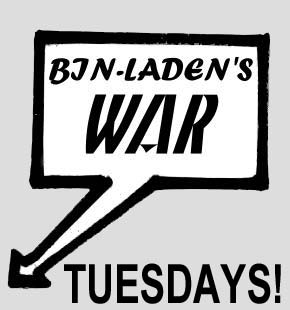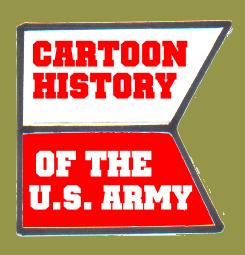
USAF "STAR AND BAR"
 ______National markings for military aircraft go back to World War One, when it became a necessity to prevent fratricide, or shooting down one's own aircraft. The Allies, including the United States, adopted round emblems on the fuselage and wings in the national colors of the country to which it belonged. These became known as "roundels," and are still the most common type of marking for air forces around the world.
______National markings for military aircraft go back to World War One, when it became a necessity to prevent fratricide, or shooting down one's own aircraft. The Allies, including the United States, adopted round emblems on the fuselage and wings in the national colors of the country to which it belonged. These became known as "roundels," and are still the most common type of marking for air forces around the world.
______The Central Powers, for reasons of their own, adopted the iron cross marking (and the crescent, in the case of Turkey's minute air force). But I digress.
______One of the first military actions taken by the United States in retaliation for Pearl Harbor was the Doolittle Raid in 1942. The raid was not a great success in that none of the aircraft made it back to friendly airbases, but few of the aircraft were shot down. This is at least in part due to the roundel painted on U.S. aircraft at that time: a white star on a blue background with a red circle in its center. The red circle was Japan's roundel and at least a few officials and officers thought the B-25s were Japanese aircraft using a variant of the "meatball" emblem used by Japan and held their fire or failed to report.

______That worked for us over Tokyo, but some planners were afraid the opposite would be true as well, that Americans might mistake Japanese aircraft for U.S. planes when they came into contact with them. Or more likely, trigger-happy American antiaircraft gunners would shoot down U.S. planes, having mistaken them for Japanese.

______Trials were conducted at Eglin Airfield, using four P-47s, each painted with a different roundel: Japanese "rising sun", German iron cross, U.S. Army "star and circle," and a new proposed design consisting of a white star on a blue disc, flanked left and right by white rectangles. This was the star-and-bar design.
______Not only was the new design distinctly different from the axis roundels, but it had another advantage as well: the design was visible at longer range. The first three all tend to become indistinguishable circles when viewed far away, where the star and bar design was distinct unless the aircraft was too far away to see markings at all.
______Not only has the design remained in service with all branches of the U.S. military for over fifty years(with variations, of course), but the same philosophy of design has gone into some other countries' roundels, and even the British, with one of the oldest roundel designs in aviation, used a barred circle design for a brief period in the Pacific War.

WHO PRACTICED DECIMATION?









